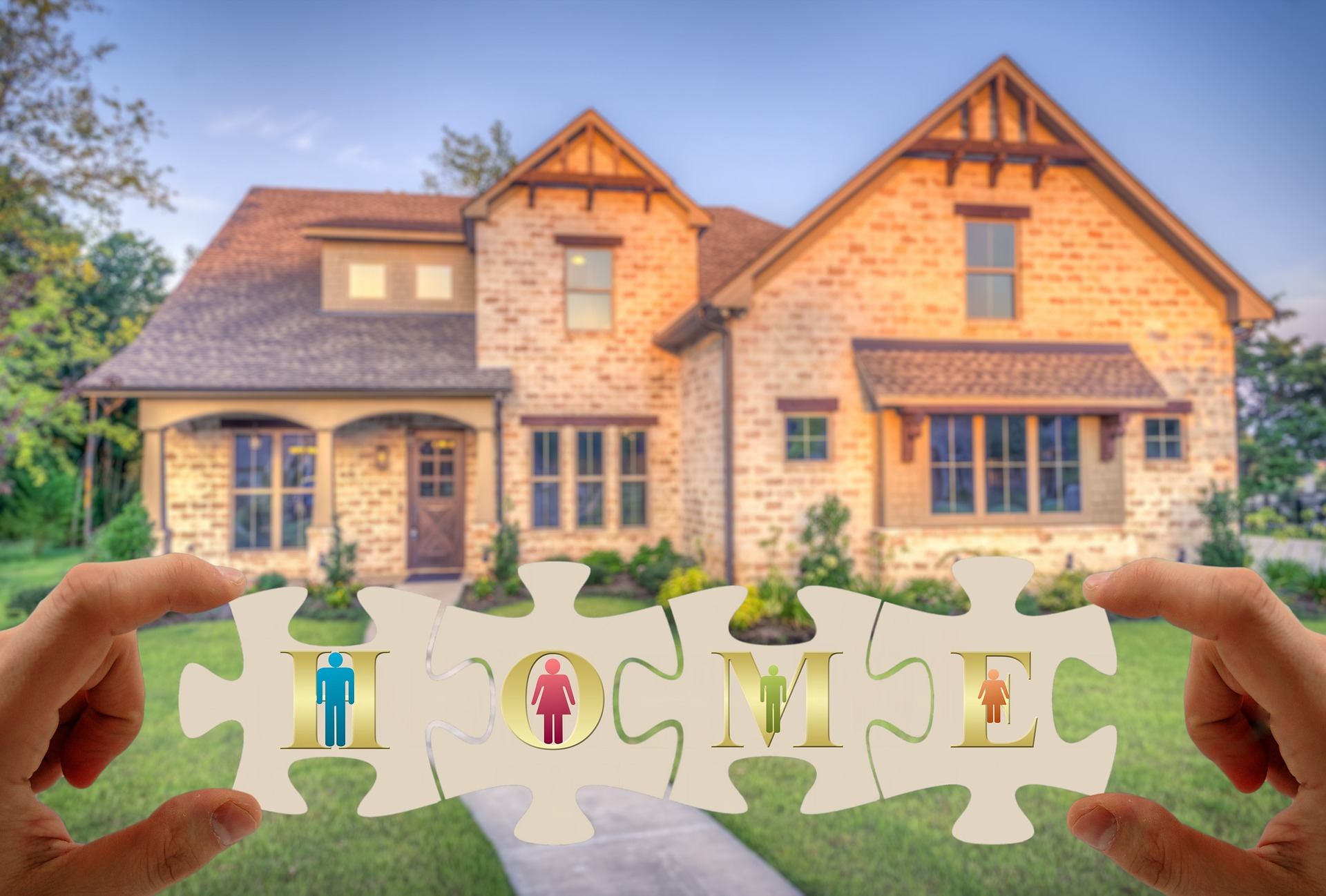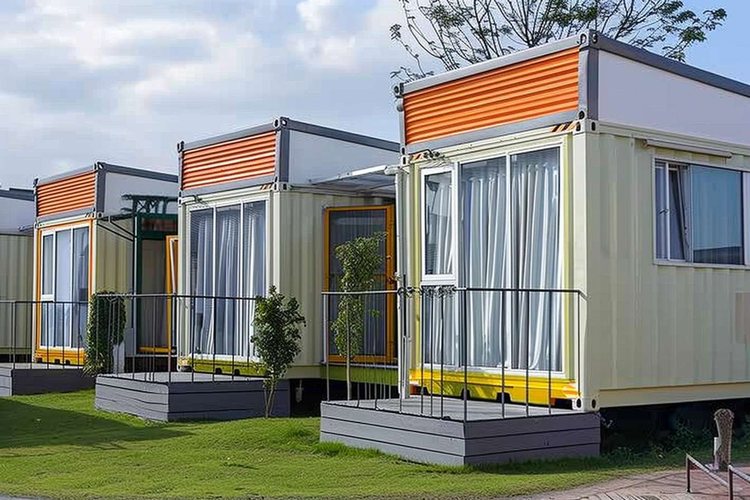Granny Annexes 2025: A Growing Housing Trend for Families
Rising property costs and aging demographics are fueling radical changes in how families approach housing solutions. Granny annexes—separate living spaces within or adjacent to family homes—have evolved from simple garden sheds to sophisticated micro-homes. As we approach 2025, these accessory dwelling units are revolutionizing multigenerational living, offering practical solutions to caregiving challenges, housing affordability issues, and changing family dynamics. The market for these purpose-built secondary dwellings is expanding rapidly, with regulatory changes and innovative designs making them increasingly attractive to homeowners looking to accommodate elderly parents while preserving independence and dignity.

The Evolution of Granny Annexes Through 2025
Granny annexes have undergone remarkable transformation since their humble beginnings. Initially conceived as basic extensions or converted garages to house aging relatives, today’s annexes represent sophisticated living solutions engineered for comfort, accessibility, and independence. By 2025, technological integration will redefine these spaces entirely, with smart home features specifically designed for elderly residents becoming standard. Motion sensors that detect falls, voice-activated controls, automated medication reminders, and integrated telehealth facilities will be commonplace. Construction methods are similarly advancing, with modular, prefabricated units reducing build times from months to weeks, while maintaining quality and customization options. These manufactured units arrive nearly complete, requiring minimal on-site assembly and dramatically reducing disruption to the main property.
Financial Implications for Homeowners
The economics of granny annexes present compelling advantages in the current housing market. With average construction costs ranging from $40,000 to $125,000 depending on size and specifications, these investments typically increase property values by 20-30% according to recent real estate analyses. More significantly, families can realize substantial savings on elderly care expenses, which average $4,300 monthly for assisted living facilities in most urban centers. By 2025, specialized granny annex financing options are projected to become widely available, with major lenders developing products specifically for multigenerational housing modifications. Some forward-thinking insurance companies are already developing policies that provide coverage for both the main dwelling and annexed spaces under unified plans, simplifying the insurance process.
Regulatory Landscape and Zoning Considerations
The regulatory environment for accessory dwelling units continues to evolve favorably across most regions. Since 2021, numerous local governments have relaxed zoning restrictions, recognizing these structures’ potential to address housing shortages. By 2025, standardized permitting processes are expected in most major metropolitan areas, with some municipalities even offering expedited approval pathways for annexes designed for elderly family members. However, homeowners must navigate varying regulations regarding maximum size (typically limited to 800-1,000 square feet), setback requirements, utility connections, and parking provisions. Some jurisdictions still maintain occupancy restrictions specifying that annexes must house family members rather than being rented to the general public. Before construction, comprehensive consultation with local planning departments remains essential to ensure compliance with current and anticipated regulations.
Design Innovations Transforming Granny Annexes
Architectural approaches to granny annexes in 2025 will emphasize aging-in-place features while maintaining aesthetic appeal. Universal design principles—including zero-step entries, wider doorways accommodating mobility devices, and curbless showers—are becoming standard rather than expensive additions. Environmental sustainability features, including solar panels, high-efficiency HVAC systems, and superior insulation, are reducing long-term operational costs while minimizing environmental impact. Modular designs allowing future modifications as care needs change represent a particularly valuable innovation, enabling spaces to adapt from independent living to higher care levels without complete renovation. Modern granny annexes increasingly incorporate dual-purpose spaces and clever storage solutions to maximize functionality within compact footprints, ensuring residents don’t feel confined despite downsizing from larger homes.
Impact on Family Dynamics and Caregiving
The psychological and social benefits of granny annexes extend beyond mere practicality. Research published in the Journal of Gerontology indicates that elderly individuals living in family-adjacent housing report higher satisfaction levels and fewer depression symptoms compared to those in institutional settings. The proximity facilitates natural caregiving routines while maintaining crucial boundaries—elderly parents retain independence while having immediate access to assistance when needed. For the sandwich generation simultaneously raising children and supporting aging parents, this arrangement provides significant stress reduction compared to long-distance caregiving scenarios. Children benefit from consistent grandparent relationships, while grandparents avoid isolation common in traditional retirement settings. The arrangement also facilitates gradual role transitions as care needs increase, avoiding abrupt relocations during health crises.
Technology Integration in Modern Annexes
By 2025, technology will fundamentally redefine granny annex functionality. Remote monitoring systems using non-invasive sensors will track movement patterns, sleep quality, and potential emergencies without compromising privacy through cameras. Voice-activated systems will manage everything from temperature control to communication, reducing physical demands on residents with mobility challenges. Telehealth stations with dedicated connections to healthcare providers will become standard features, allowing remote consultations and continuous health monitoring. Smart medication dispensers with automated reminders will improve medication adherence, while robotic assistance devices for household tasks will extend independent living capability. Family members can receive alerts about concerning changes in routine or potential health issues while respecting boundaries and independence.
Financial Planning for Multigenerational Housing
Funding a granny annex requires careful financial planning. Several approaches are gaining popularity, including home equity conversion through refinancing or home equity lines of credit (HELOCs) specifically for annex construction. Forward-thinking families are increasingly establishing shared cost agreements where multiple siblings contribute to construction costs in exchange for reduced future caregiving responsibilities. Tax implications vary by jurisdiction—some areas offer property tax adjustments for family caregiver arrangements, while others maintain standard assessment practices regardless of purpose. Estate planning considerations become paramount, with clear documentation needed regarding ownership, inheritance provisions, and potential future conversion of the space. Financial advisors with expertise in elder care arrangements can provide valuable guidance on optimal funding structures based on individual family circumstances.
The Future Outlook for Granny Annexes
By 2025, granny annexes will represent a mainstream housing solution rather than an alternative approach. Market analysts project the accessory dwelling unit market to grow at 8.6% annually through 2027, driven by demographic shifts and housing affordability pressures. Technological integration will continue advancing, with artificial intelligence systems providing increasingly sophisticated monitoring and assistance without compromising independence. Architectural innovations will further blur the line between main residences and annexes, with connecting elements designed to adjust based on changing needs and relationships. The most significant development may be in community planning, where some forward-thinking developers are creating entire neighborhoods designed around the concept of integrated multigenerational living, with shared community spaces complementing private residences and annexes.




